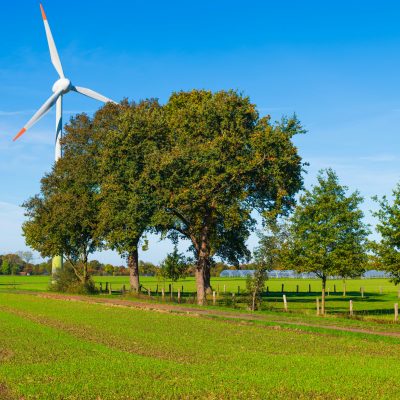[FR] The European CO2 emissions trading system

The greenhouse gas emissions trading market, established in January 2005 to combat global warming, has been in the throes of a mini-crash since the end of April, with carbon credit prices falling from €31 per tonne of CO2 to less than €10. However, it would be a mistake to give in to the prevailing gloom in Europe and conclude that the system is a failure: one year after its creation, the European emissions trading scheme is a success that needs to be consolidated.
This new market has to respond to divergent pressures. Industry complains that it harms Europe’s competitiveness. Faced with general pressure from rising energy prices, some are even calling for its abolition. Environmental NGOs, on the other hand, believe that the quotas imposed should be stricter. If no follow-up to the Kyoto Protocol is agreed after 2012, it would be tempting to conclude that the system is costly and of little use.
However, the recent collapse in the price of emission allowances can be explained by a simple economic rule: the quotas allocated by Member States to industry exceeded their CO2 emission reduction targets. In fact, 20 out of 25 Member States allocated too many allowances, due to overly cautious emissions estimates and generous quota allocations. Three lessons can be learned from this situation.




